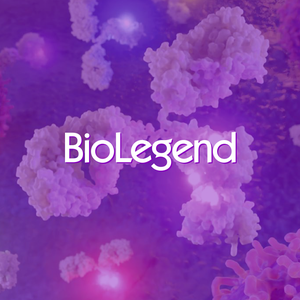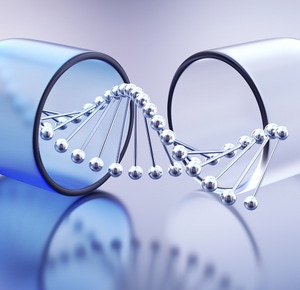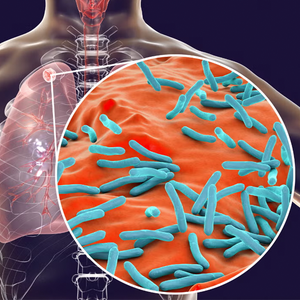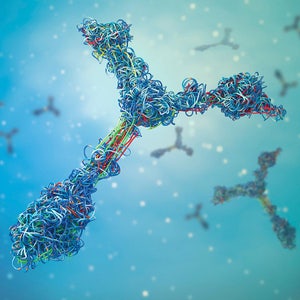

HTRF Human IFN-β Detection Kit, 500 Assay Points
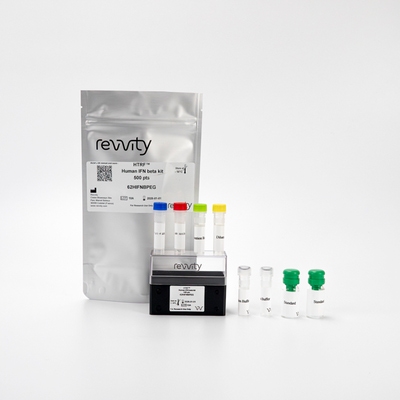

 View All
View All
HTRF Human IFN-β Detection Kit, 500 Assay Points
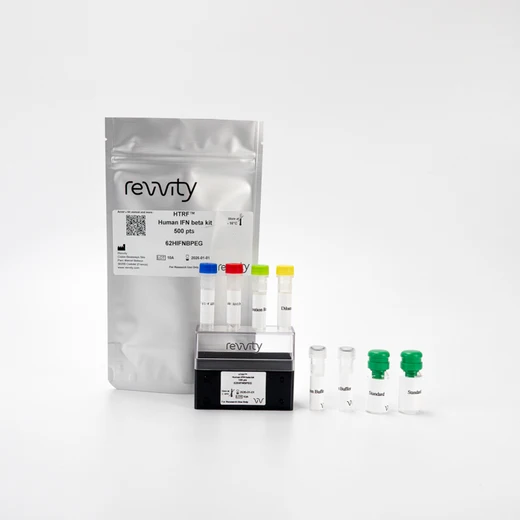




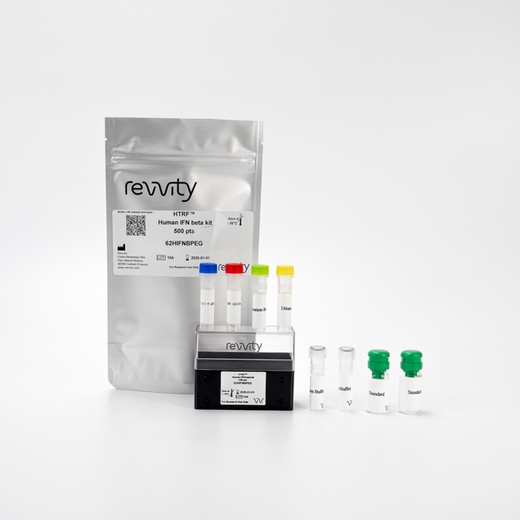




The HTRF human IFN beta kit is designed for the quantification of human IFN beta release in cell supernatant.
| Feature | Specification |
|---|---|
| Application | Protein Quantification |
| Sample Volume | 16 µL |
The HTRF human IFN beta kit is designed for the quantification of human IFN beta release in cell supernatant.





HTRF Human IFN-β Detection Kit, 500 Assay Points





HTRF Human IFN-β Detection Kit, 500 Assay Points





Loading...
Product information
Overview
Type I interferons, interferon alpha (IFN-α) and interferon beta (IFN-β), play essential roles in innate immune response to viral infections. IFN-β is produced by fibroblasts, macrophages, and dendritic cells, as well as endolial cells. expression of IFN-β gene is controlled by transcription factors like IRF-3, c-Jun/ATF-2, and NF-kappaB downstream of Pattern Recognition Receptors, such as Toll-like receptors. In particular, IFN-β is primary functional readout of cGas-cGAMP-STING pathway activation. Once secreted, IFN-β binds and activates IFNAR1/IFNAR2 receptor complex, which relies on STAT1/2 transcription factors. Phosphorylated STAT1/2 leads to induction of anti-viral gene expression.
Assessment of serum samples often requires enhanced sensitivity. In some cases, AlphaLISA assays may have sufficient sensitivity to enable detection of low levels of analytes in serum or plasma.
Specifications
| Application |
Protein Quantification
|
|---|---|
| Brand |
HTRF
|
| Detection Modality |
HTRF
|
| Product Group |
Kit
|
| Sample Volume |
16 µL
|
| Shipping Conditions |
Shipped in Dry Ice
|
| Target Class |
Cytokines
|
| Target Species |
Human
|
| Technology |
TR-FRET
|
| Therapeutic Area |
Oncology & Inflammation
|
| Unit Size |
500 assay points
|
Video gallery

HTRF Human IFN-β Detection Kit, 500 Assay Points

HTRF Human IFN-β Detection Kit, 500 Assay Points

How it works
Assay principle
Cell supernatant, sample, or standard is dispensed directly into the assay plate for the detection by HTRF® reagents (384-well low-volume white plate or Revvity low-volume 96-well plate in 20 µL). The antibodies labeled with the HTRF donor and acceptor are pre-mixed and added in a single dispensing step, to further streamline the assay procedure. The assay can be run up to a 1536-well format by simply resizing each addition volume proportionally.

Assay data analysis
The 4 Parameter Logistic (4PL) curve is commonly recommended for fitting an ELISA standard curve. This regression enables the accurate measurement of an unknown sample across a wider range of concentrations than linear analysis, making it ideally suited to the analysis of biological systems like cytokine releases.
Assay details
Technical specifications of human IFN beta kit
| Sample size | 14 µL |
|---|---|
| Final assay volume | 20 µL |
| Kit components | Lyophilized standard, frozen detection antibodies, activation reagent, buffers & protocol |
| LOD & LOQ (in Diluent) | 7 pg/mL & 19 pg/mL |
| Range | 19 – 4,000 pg/mL |
| Time to result | 3 h at RT |
| Calibration | NIBSC (00/572) value (IU/ml) = 0.44 x HTRF hIFNβ value (pg/ml) |
| Species | Human only |
Analytical performance
Intra and inter assay
Intra assay (n=24)
| Sample | Mean [IFN-β] (pg/mL) | CV |
|---|---|---|
| 1 | 33 | 4% |
| 2 | 321 | 3% |
| 3 | 3900 | 5% |
| Mean CV | 4% |
Inter assay (n=4)
| Sample | [IFN-β] (pg/mL) | Mean (delta ratio) | CV |
|---|---|---|---|
| 1 | 62 | 374 | 10% |
| 2 | 329 | 1628 | 7% |
| 3 | 1739 | 5690 | 9% |
| Mean CV | 9% |
Assay validation
STING pathway activation by cGAMP triggers hIFNβ release in PBMC
400,000 PBMC were seeded in a 96 well plate under 100 µL of cell culture medium, then stimulated with 50 µL of cGAMP used at 67µM. After an overnight incubation, 14 µL of supernatant were transferred into a white detection plate and human IFNβ was quantified by HTRF.

LPS efficiently induces hIFNβ release in THP1 cells
400,000 THP1cells were seeded in a 96 well plate under 100 µL, then stimulated with 50 µL of LPS used at 20 µg/ml. After 4h30 incubation, 14 µL of supernatant were transferred into a white detection plate, and human IFNβ was quantified by HTRF.

Recombinant THP1 cells expressing constitutively activated STING variant spontaneously releases hIFNβ
400,000 of THP1-WT cells (wild type) and THP1-S154 cells (THP1-Dual™ KI-hSTING-S154 Cells, Invivogen) were seeded in a 96 well plate, under 100 µL of cell culture medium. After 4 h 30 of stimulation, 14 µl of supernatant were transferred into a white detection plate, and human IFNβ was quantified by HTRF.

dsDNA mimetic (CDS agonist) induces hIFNβ secretion
400,000 THP1-S154 cells (THP1-Dual™ KI-hSTING-S154 Cells, Invivogen) were seeded in a 96 well plate under 100 µL of cell culture medium, then treated with dsDNA mimetic (CDS Agonist – LyoVec, Invivogen). After an overnight incubation, 14 µL of supernatant were transferred into a white detection plate, and human IFNβ was quantified by HTRF.

Resources
Are you looking for resources, click on the resource type to explore further.
This guide provides you an overview of HTRF applications in several therapeutic areas.
Loading...


How can we help you?
We are here to answer your questions.




